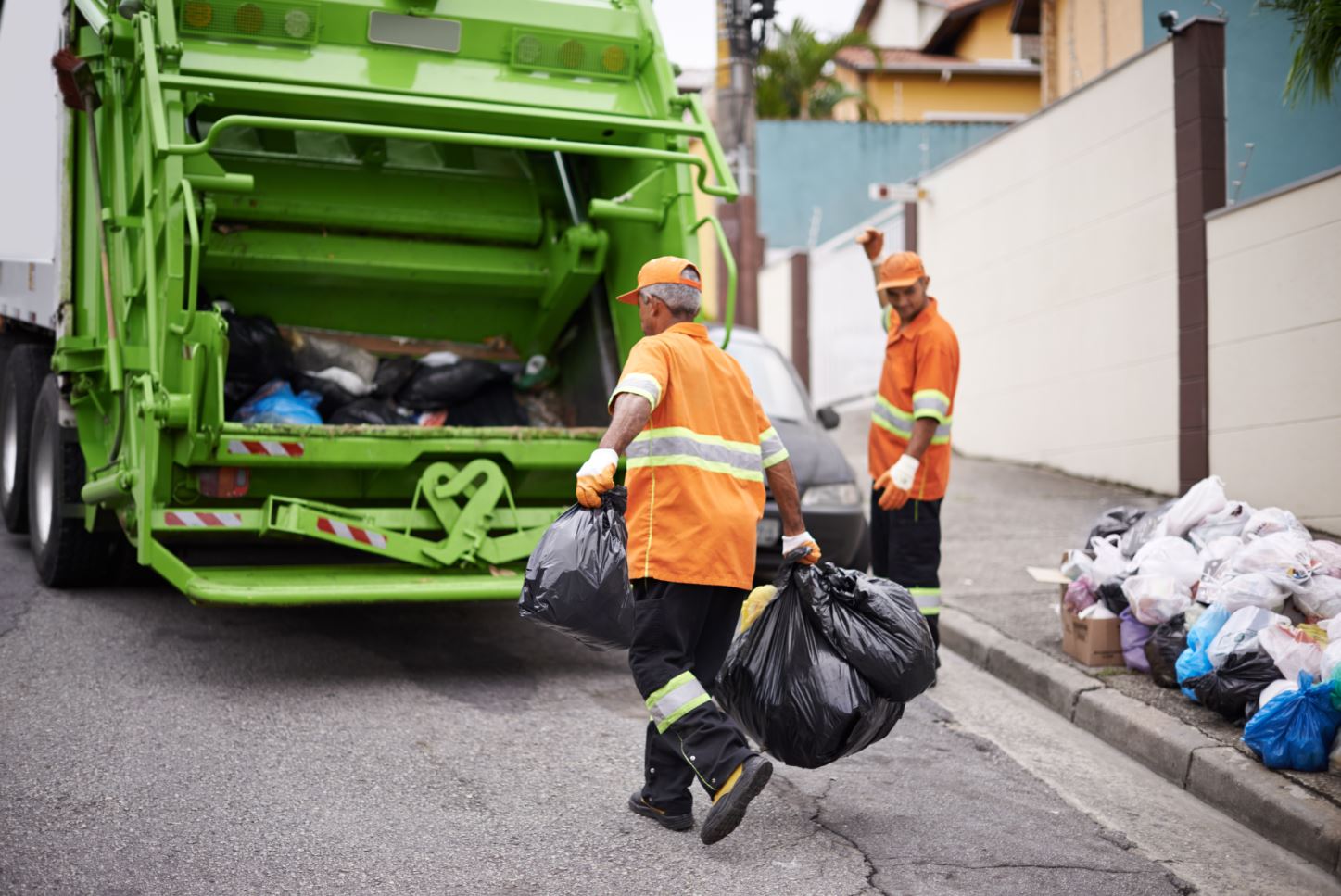In our modern world, where technology plays a role in almost every aspect of our lives, it’s no surprise that waste collection has also been revolutionised. From smart bins to automated garbage trucks, technology is transforming how we manage and dispose of waste.
Join us as we delve into the fascinating role of technology in modern waste collection and discover how it’s making our lives cleaner, greener, and more efficient than ever before. Get ready to be amazed by what these high-tech solutions have in store for your neighbourhood curb side routine!
How Technology has Improved Waste Collecting?
Technology has played a big role in improving waste collection. One example is the development of GPS tracking systems for garbage trucks. This allows collectors to see where each truck is and how much garbage it has collected. The system also tells them when the truck is full and needs to be emptied.
This helps to decrease the amount of time that trucks spend on the road, which reduces emissions and fuel consumption. It also helps to ensure that trucks are making the most efficient routes possible.
Another technological innovation that has helped with waste collecting is the use of sensors. These sensors can be placed in dumpsters or on recycling bins. They send a signal to collectors when they need to be emptied. This helps to reduce the amount of missed pickups, as well as the amount of time that collectors spend searching for full dumpsters.
Technology has had a positive impact on waste collecting. It has helped to make the process more efficient and less time-consuming.
Types of Innovative Technologies Used for Waste Collection
There are many different types of innovative technologies that are used for waste collection. Some of the most popular and effective ones include:
- Automated Waste Collection: This is a type of waste collection system that uses robots to collect and sort waste. It is very efficient and can reduce the amount of time and labour required for waste collection.
- Radio Frequency Identification (RFID): This technology is used to track and manage waste using RFID tags. It helps to improve the accuracy of waste collection and can also be used to monitor the movements of waste collectors.
- Geographic Information Systems (GIS): This technology is used to map out garbage routes and track the location of garbage dumpsites. It can help to improve the efficiency of garbage collection and reduce environmental pollution.
- Solar-Powered Waste Collection: This is a type of waste collection system that uses solar energy to power the machines that collect and sort waste. It is very environmentally friendly and can help to reduce the carbon footprint of waste collection operations.
Conclusion
We can see that technology plays a crucial role in modern waste collection. From helpful apps to robotic sensors and automated garbage bins, new methods of tracking and collecting waste are being developed every day.
As technology continues to revolutionise the way we manage our resources, it will become increasingly important for us all to understand the importance of proper waste collection practices so that we can best utilise these advances in an environmentally conscious manner.

